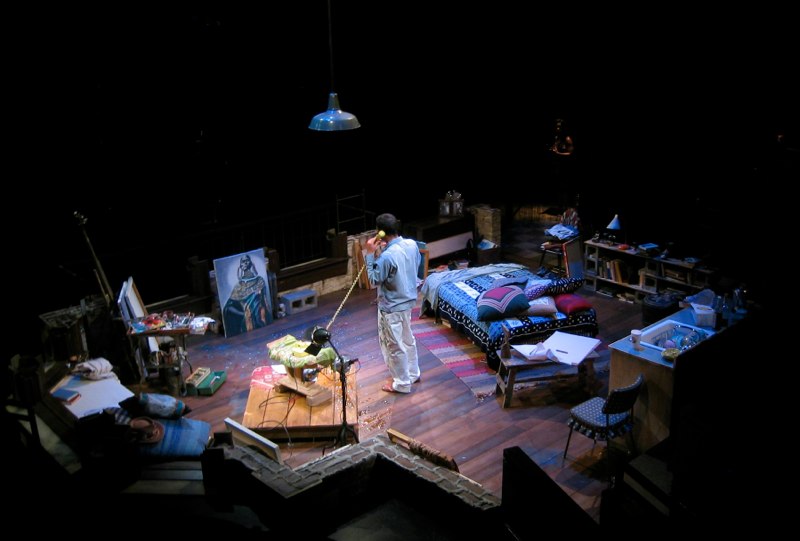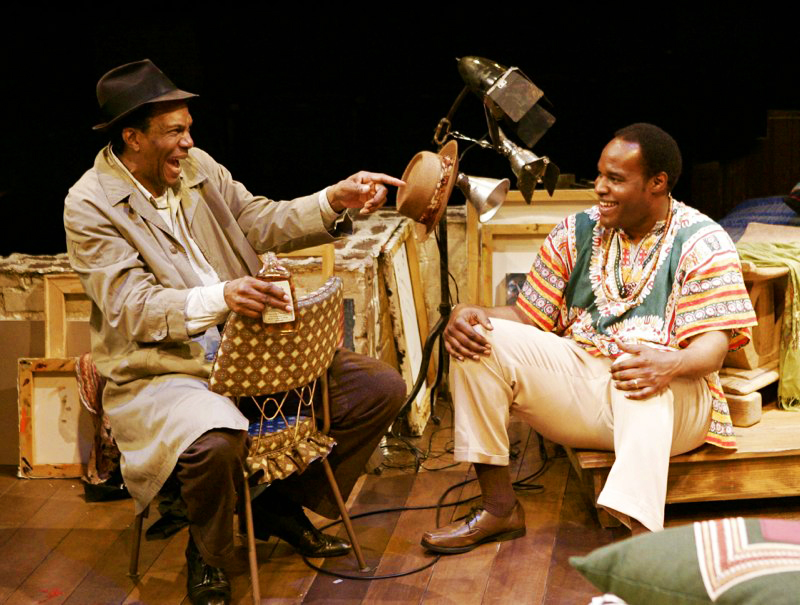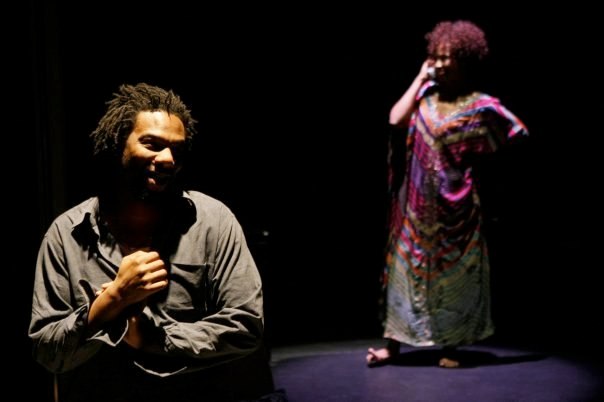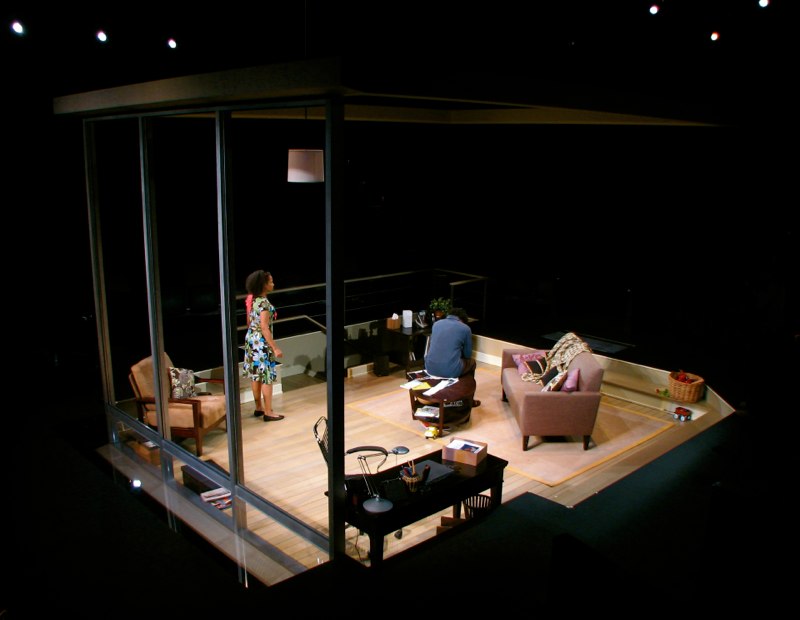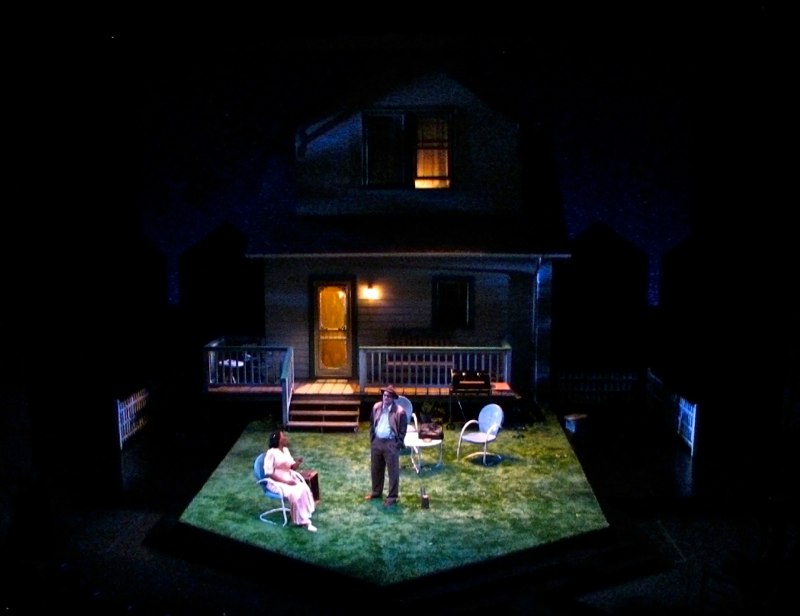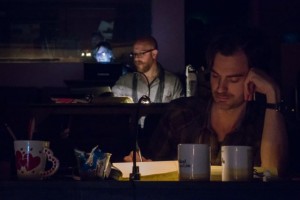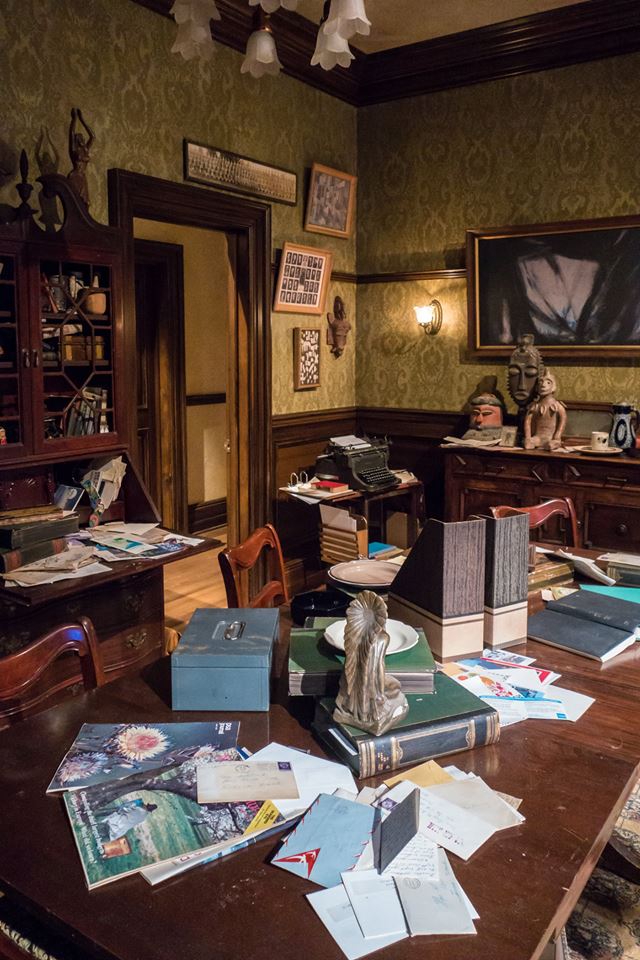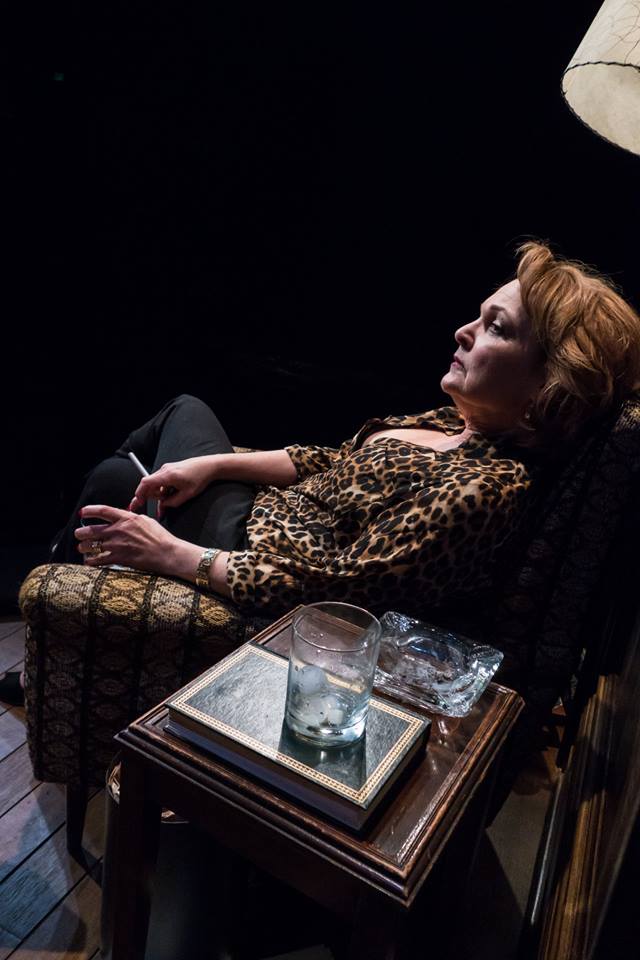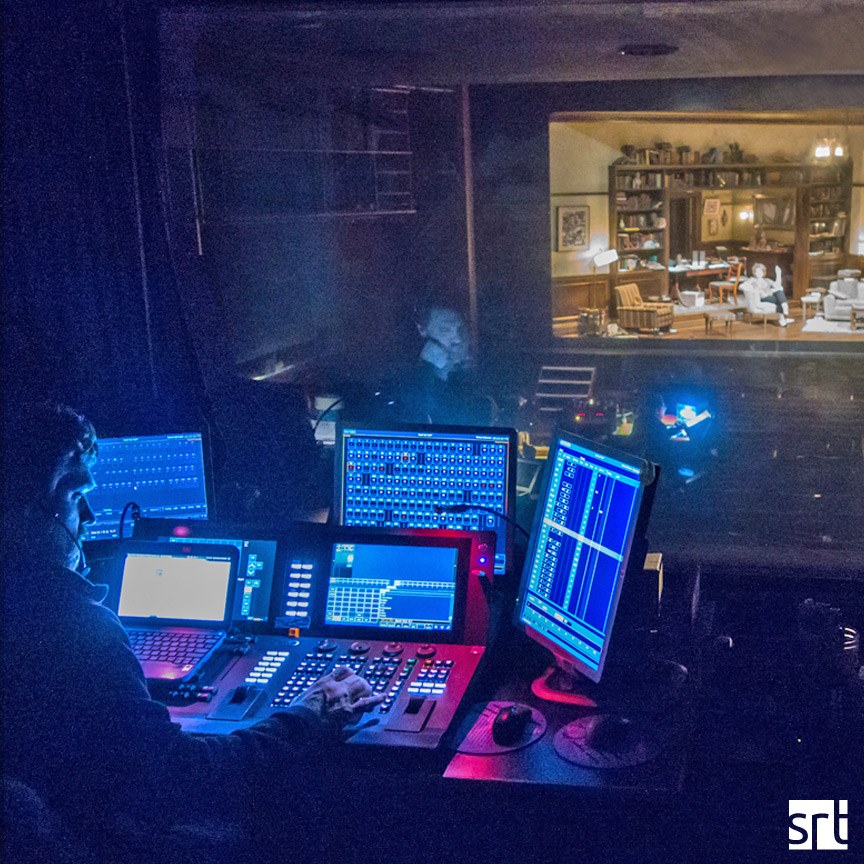From the Seattle Rep's Blog:
"Coming over to George and Martha’s house for an evening of fun and games? Here’s a glimpse into our scenic designer’s process of figuring out exactly how that iconic living room should look.
Matthew Smucker designed the set for Who’s Afraid of Virginia Woolf?, his second Edward Albee show at the Rep. (His first was Three Tall Women in 2010.) When asked about what it’s like to design an Albee play, he said, “I find Albee’s writing to be utterly real and utterly absurd simultaneously. The best designs respond to this tension.”
One of the ways Matt captures this tension is in the almost over-the-top accumulation of stuff in George and Martha’s home. He describes the set below:
Nick and Honey are trapped in this room with George and Martha. The audience is too. Hell, George and Martha are even trapped in the room with George and Martha. We need to feel the baggage of their relationship, the weight of the history they have together.
The heavy box beams of the ceiling loom overhead, a bookcase stuffed to the gills with academia threatens to spill out onto the floor, the walls of the space are coated in a thick layer of nicotine. The furnishing are a mix of 1920’s through 1960’s era pieces, all contained in the shell of a late 19th century home. The visuals of the space play up the sense of accumulation and confinement."
Read more of the interview here. And look at a great behind-the-scenes gallery shot during a dress rehearsal here.






